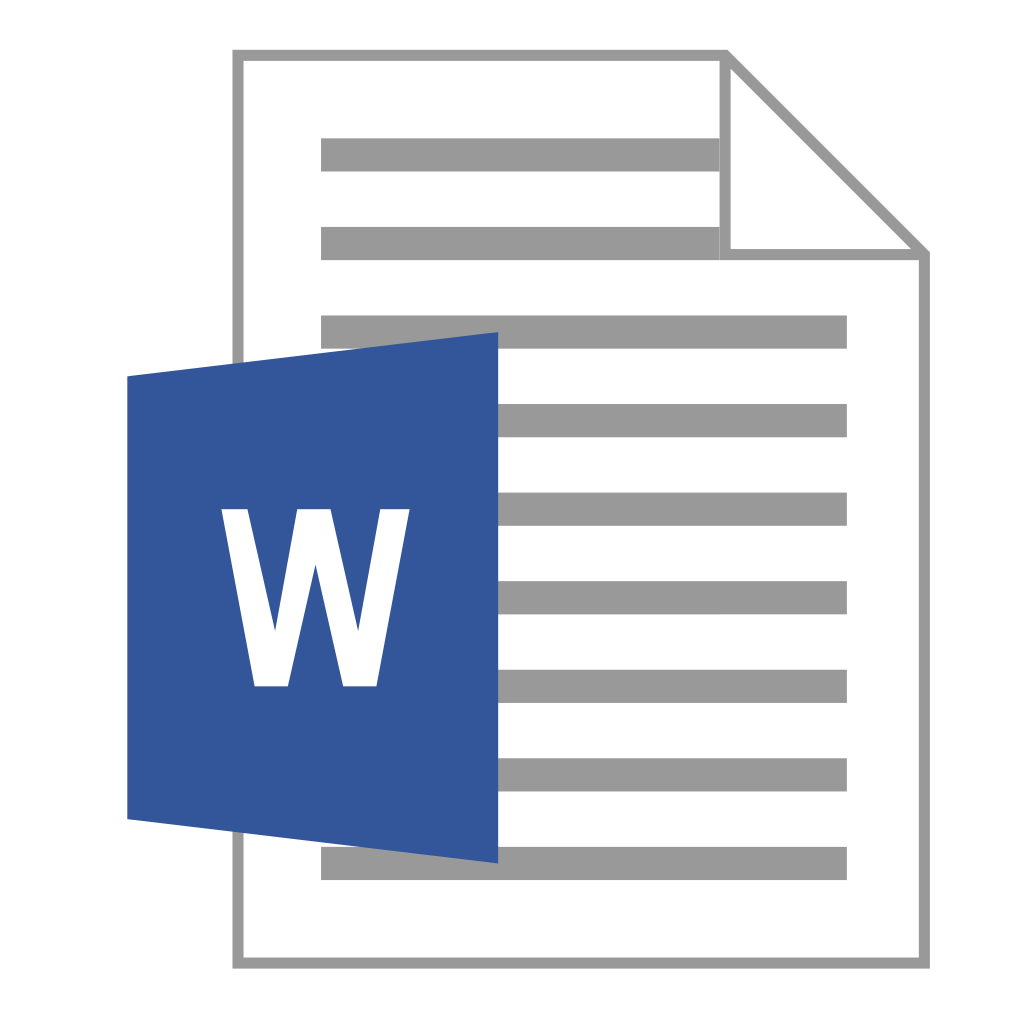Pengendalian Koagulasi Pada Prototipe Kontrol Water Treatment Plant Berbasis Feedforward
Abstract
Abstrak Water Treatment Plant (WTP) atau biasanya disebut instalasi pengolahan air limbah yang bertujuan untuk menghasilkan air yang bersih. Salah satu dari tahapan pada WTP sendiri adalah proses koagulasi. Pada proses koagulasi sendiri bertujuan untuk menjernihkan air yang sebelumnya mengalami kekeruhan dengan cara menggumpalkan partikel tersuspensi pada air tersebut. Sehingga air yang dihasilkan nanti layak digunakan untuk mandi, cuci, kakus dan kebutuhan lainnya. Sesuai dengan masalah diatas, maka dibutuhkan pengendalian proses koagulasi. Sehingga akan dirancang tangki koagulasi yang dapat mengendalikan tingkat kekeruhan pada air dan algoritma feedforward sendiri bertujuan untuk mengontrol penambahan kimia pada proses sebelumnya . Sehingga pengguna dapat mengontrol penambahan kimia pada proses sebelumnya dan proses koagulasi sendiri dapat menjaga nilai kekeruhan pada air dengan nilai seharusnya. Pada Tugas Akhir ini akan dibuat pengendalian koagulasi pada prototipe WTP berbasis feedforward menggunakan mikrokontroler Arduino Uno. Sistem ini dirancang untuk mempertahankan nilai kekeruhan air dibawah 5NTU dengan dilakukannya proses koagulasi, yang nantinya nilai kekeruhan tersebut ditampilkan pada LCD. Untuk proses koagulasi akan terjadi jika nilai kekeruhan air diatas 5NTU yang nantinya motor servo akan menjatuhkan tawas dan motor DC akan melakukan mixer selama 1 – 3 menit . Jika kekeruhan pada air tersebut dibawah 5NTU , maka tidak terjadinya proses koagulasi. Pada proses ini, dilakukan dua kondisi yaitu dengan menggunakan air bersih dan air kotor. Pada kondisi menggunakan air bersih, didapatkan nilai kekeruhan pada air tersebut sebesar 0,74NTU, sehingga berdasarkan sistem tersebut didapatkan nilai error pada sensor sebesar 4,32% dan nilai akurasi yang didapatkan sebesar 95,67%. Sedangkan pada air kotor, proses koagulasi terjadi dengan nilai kekeruhan paling besar terdapat penurunan dari 8,74 NTU menjadi 4,92 NTU. Kata kunci : Koagulasi, Feedforward, Kekeruhan, Mikrokontroler Abstract Water Treatment Plant (WTP) or usually called a wastewater treatment plant that aims to produce clean water. One of the stages in the WTP itself is the coagulation process. The coagulation process itself aims to purify water that was previously turbid by agglomerating suspended particles in the water. So that the water produced will be suitable for bathing, washing, latrines and other needs. In accordance with the above problems, it is necessary to control the coagulation process. So that a coagulation tank will be designed that can control the level of turbidity in the water and its algorithm feedforward own aims to control the addition of chemicals to the previous process. So that the user can control the addition of chemicals to the previous process and the coagulation process it self can maintain the turbidity value in the water with its supposed value. In this final project, coagulation control will be made on a-based WTP prototype feedforward using an Arduino Uno microcontroller. This system is designed to maintain the water turbidity value below 5NTU by out the coagulation process, which will later display the turbidity value on the LCD. The coagulation process will occur if the turbidity value of the water is above 5NTU, which means that the servo motor will drop the alum and the DC motor will do the mixer for 1-3 minutes. If the turbidity in the water is below 5NTU , then the coagulation process will not occur. In this process, two conditions are carried out, namely by using clean water and dirty water. In the condition of using clean water, the turbidity value in the water is 0.74NTU, so that based on the system, the error value on the sensor is 4.32% and the accuracy value obtained is 95.67%. Whereas in dirty water, the coagulation process occurs with the greatest turbidity value decreasing from 8.74NTU to 4.92NTU. Keywords: Coagulation, Feedforward, Turbidity, MicrocontrollerDownloads
Published
2020-12-01
Issue
Section
Program Studi S1 Teknik Elektro





